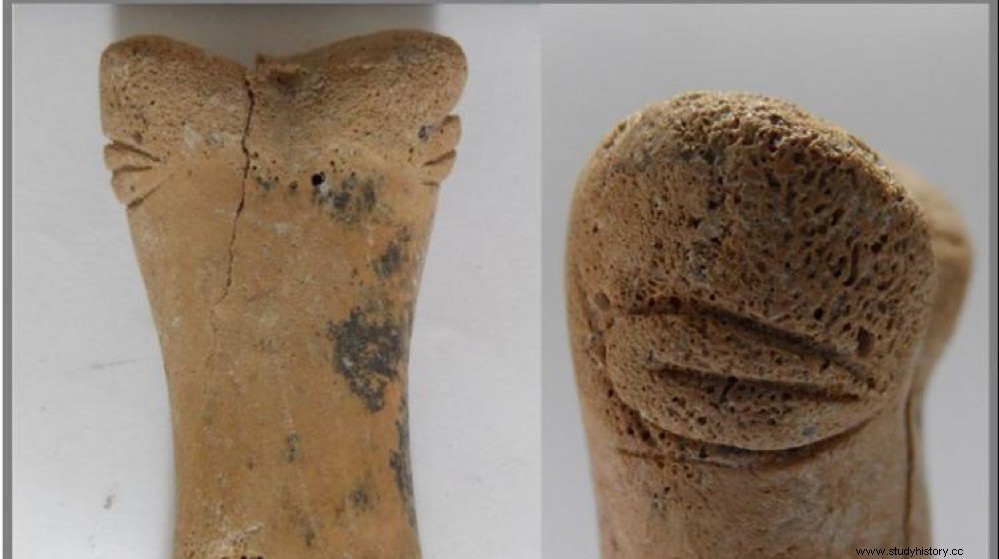Polish archaeologists discovered an anthropomorphic figurine in one of the oldest cities in the world:Çatalhöyük in Turkey. This is the first such object made of bone known from this site. The find is about 8 thousand years old.
The discovery was made at one of the most famous archaeological sites in the world:Çatalhöyük, located in the southern part of the Anatolian Plateau in central Turkey. Çatalhöyük was continuously inhabited for more than a thousand years between 7100 and 6000 BC. in the Neolithic era. The conclusions of the analysis of the sculpture, which was found in 2016, are now presented in the journal Archaeological and Anthropological Sciences .
The most famous artifacts found at this site are female clay figurines, until recently considered to be mother goddesses, now interpreted by some as representations of the elderly and objects related to ancestor worship. The new figurine is made of bone and anthropomorphic, that is, it has human features.

This is certainly an important find with a very simplified, but clear representation of human features in the form of eyes. The figurine was made of bone, the proximal finger of an equine said Professor Kamilla Pawłowska, an archaeozoologist and paleontologist at the Department of Paleoenvironmental Research at the Institute of Geology at Adam Mickiewicz University in Poznań.
The figurine is about 6 cm tall. It has clearly visible incisions in the shape of eyes. A similar way of presenting human features is known from artifacts discovered at other Middle Eastern sites from the same period , says Professor Kamilla Pawłowska. She adds that most known similar objects are from a slightly later period, the Chalcolithic (4300-3300 BC). They are also made of bone, mainly donkey and horse.
Until now, during the excavations of Çatalhöyük scientists have discovered phalanxes of donkeys and horses. They are often well preserved. In individual cases, there were traces of processing on them, but never in a way reminiscent of human anatomical features , emphasizes Professor Kamilla Pawłowska.
According to the researcher, horses were not abundant in this prehistoric city. Sheep and goats were more common as their meat, marrow and fat were an important element in the diet of the inhabitants.
The figurine was discovered during the work of an international team under the supervision of Dr. Marek Z. Barański from the Academy of Fine Arts in Gdańsk.
Professor Kamilla Pawłowska found it while analyzing flotation samples, that is, wet screening. This procedure allows archaeologists to find bone remains and other small artifacts. The figurine is known to have been in one of the clay pots in a room where food was stored, dated to around 6500–6300 B.C.
Fonts
Science in Poland / Pawłowska, K. &Barański, M.Z. , Conceptualization of the Neolithic world in incised equid phalanges:anthropomorphic figurine from Çatalhöyük (GDN Area) , Archaeol Anthropol Sci (2020) 12:18. doi.org/10.1007/s12520–019–01006-z.
